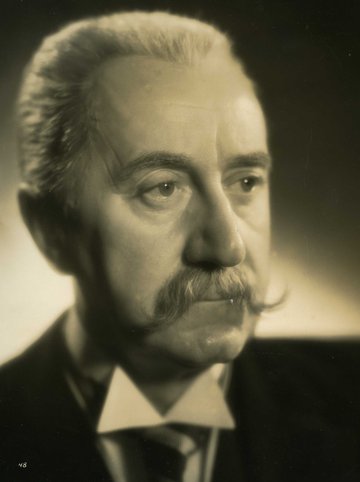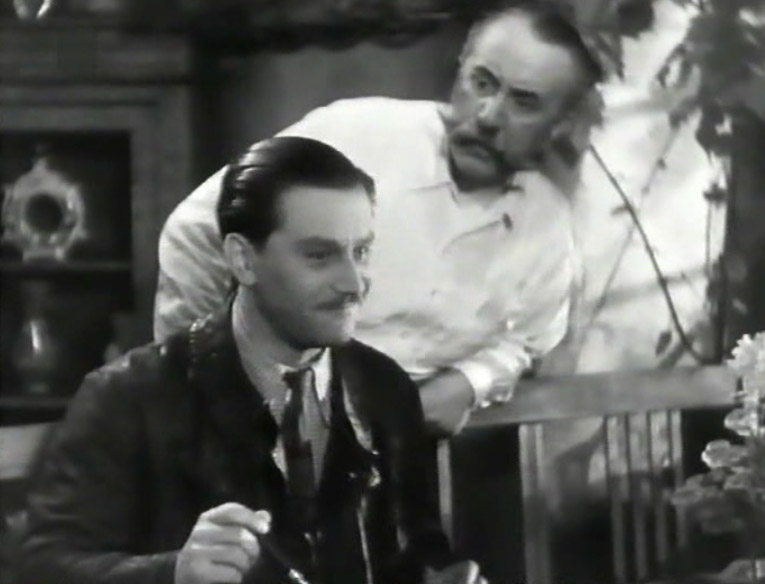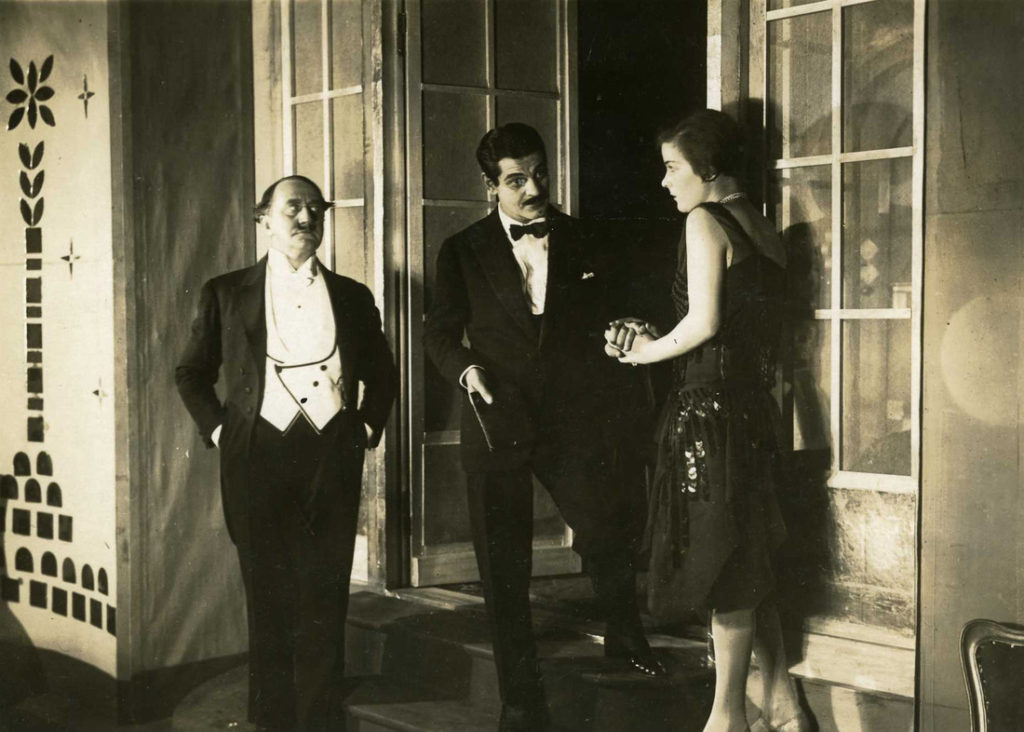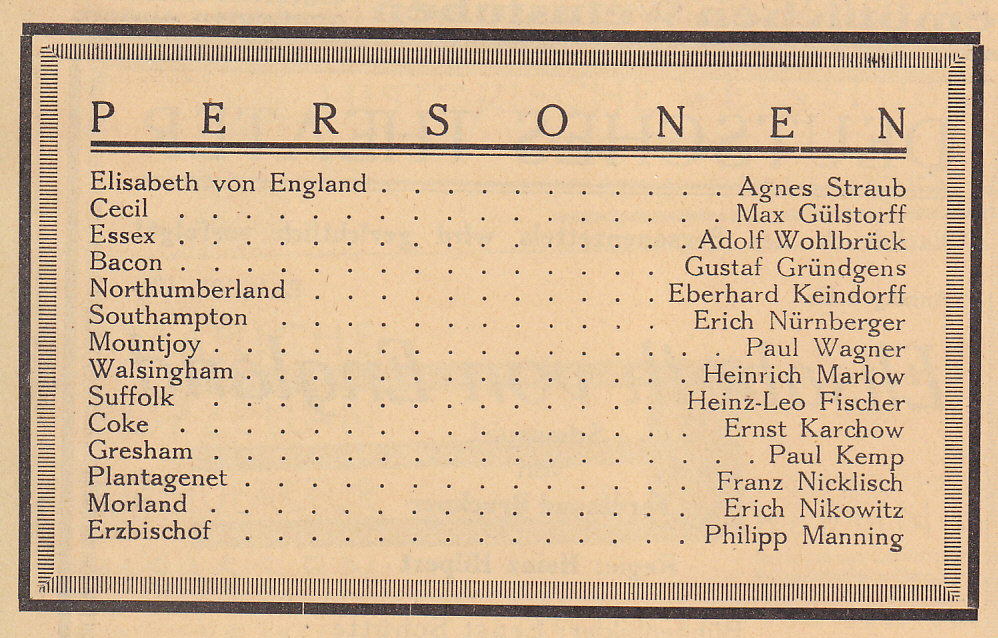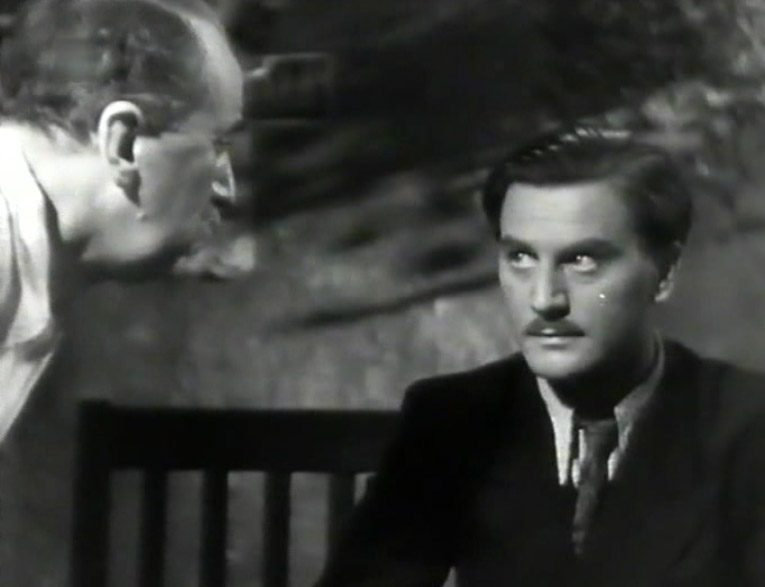Recently the Bill Douglas Cinema Museum – where I have worked as a volunteer for many years – acquired a large album of photographs and press cuttings compiled by Max Gülstorff that had been passed down through his family. It contains 64 large pages of pictures, in between which are loosely pressed a mass of newspaper cuttings, theatre programmes, photographs and other ephemera. I have written a blog post on the album for the museum’s website which you can read here, but I wanted to give a short overview of Gülstorff’s life and the points of intersection with AW’s career.
Max Walter Gülstorff was born on 23 March 1882 in Tilsit, East Prussia, (now the Russian town of Sovetsk) and began working in provincial theatres in his late teens. He moved to Berlin about 1911 and four years later joined Max Reinhardt’s ensemble at the Deutsches Theater. This was around the same time that young Adolf Wohlbrück enrolled at Reinhardt’s drama school which was attached to the theatre, so as a student AW would have had many opportunities to watch Gülstorff perform on stage. There is a photograph in the album of Gülstorff with three other famous members of the company: Emil Jannings, Paul Hartmann and Werner Krauss, all of whom AW worked with either on stage or screen.
He began appearing in silent film in 1916, and one of his earliest roles was playing Uncle Eli alongside Conrad Veidt in Jettchen Geberts Geschichte (Oswald, 1918.) He went on to appear in over forty silent films during the 1920s, using his skill as a character actor to bring life to minor roles such as schoolmasters, professors, doctors and pompous officials, while continuing to appear regularly on stage (below.)
